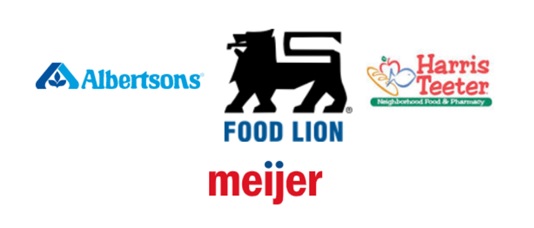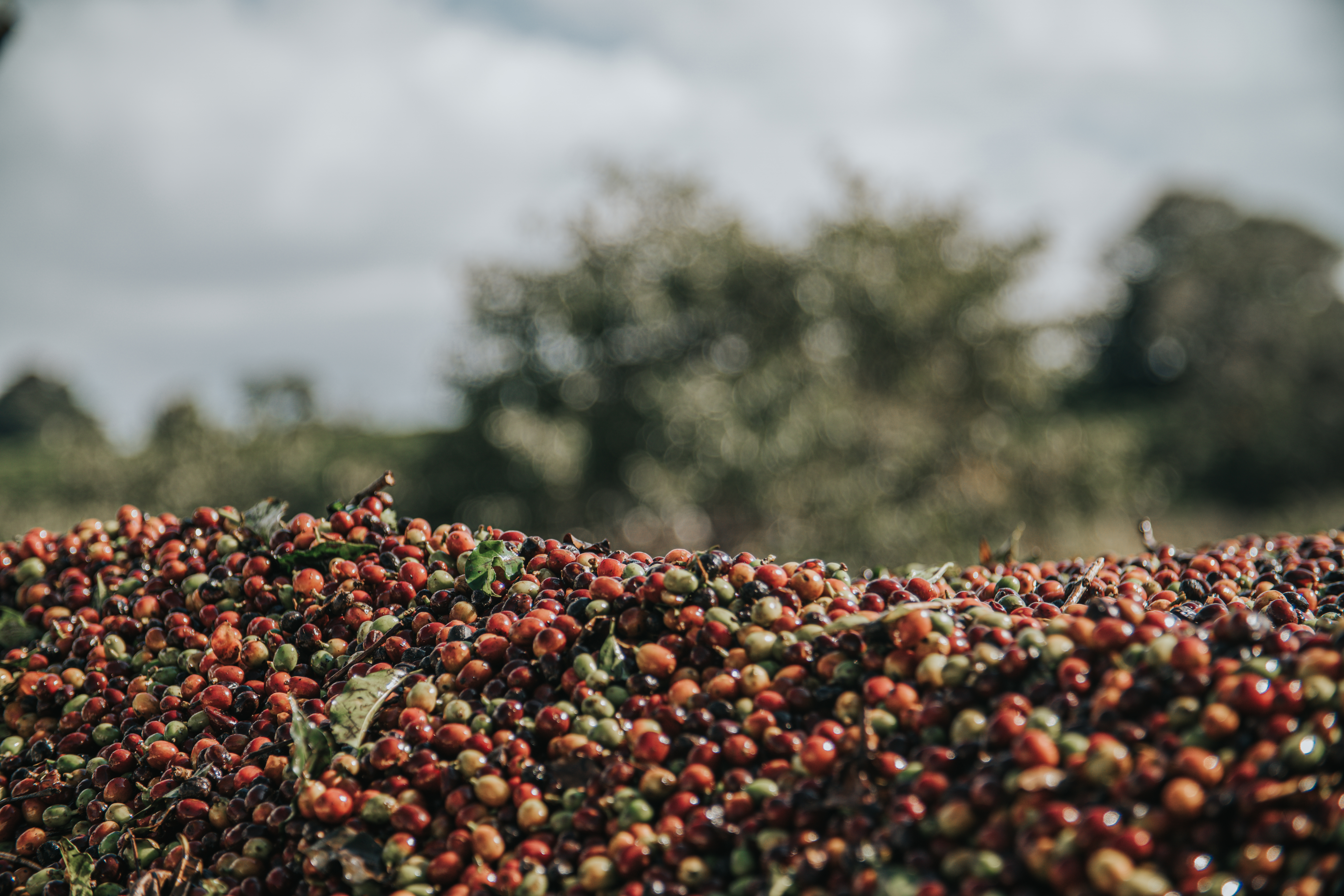farmer connect is happy to announce that Susanne Emonet has joined farmer connect as its Chief...
We were asked recently if, using Farmer Connect’s transparency function, brand owners would be willing to share the price paid to farmers in origin countries.
Our first response was that Farmer Connect is developing a tool for the industry to use, not telling them how to use it. It is possible to show the farm-gate price on traced coffee, but it’s not necessarily the answer we’re looking for.
Secondly, farmers sell cherry, parchment, and green coffee depending on the conditions. It takes 100 kgs of cherry to produce 50 kgs of green, so comparing them in $/kg would quickly lead to the wrong conclusion. Rather than price, we should talk about income.
To understand farmer income, you need at a minimum to know:
-
Coffee income
-
Coffee costs (including labor, inputs, and financing)
-
Non-coffee income
-
Non-coffee costs

The price received is important, especially compared to other purchases of similar quality and geography, but at the end of the day the farmer lives off profits, not the price paid. High-quality and high-volume can mean high costs. A farmer’s coffee crop may only be part of their activity, or they may spend most of their time on another profession.
An enormous amount of work goes on in origin countries to address farmer income at the level of detail needed for growth, both short and long term. Governments, NGOs, and private companies work together to make coffee farmers livelihoods worth the effort of growing coffee. And there are farmers uplifting themselves by making smart choices and adjusting to their environment. Because every farmer is different, and there is no supply chain without the farmer.
And if you ask us if Farmer Connect can help share THAT story, to turn it into a QR code a brand can put on a bag on a shelf for a consumer to interact with?
The answer is yes.


